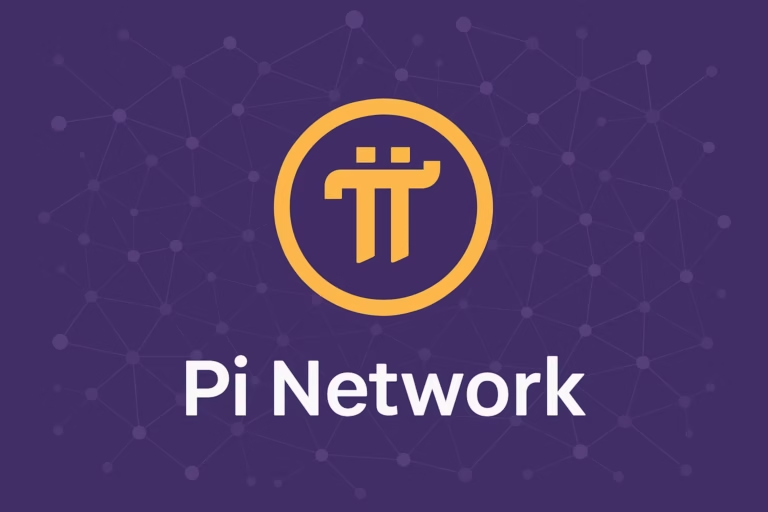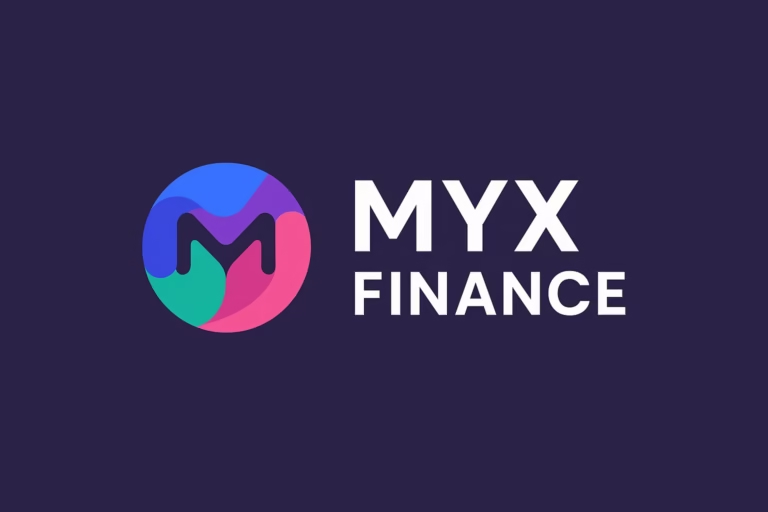
- A proposal submitted to the SEC suggests classifying XRP as a strategic asset for the U.S. financial system, aiming to unlock trillions in liquidity, reduce transaction costs, and integrate XRP into banking operations.
- However, the proposal faces skepticism due to regulatory hurdles, feasibility concerns, and its miscalculation of Bitcoin’s supply cap.
A recent proposal submitted to the U.S. Securities and Exchange Commission (SEC) has sparked discussions about integrating XRP into the financial system as a strategic asset. The document outlines a vision where XRP could enhance liquidity, reduce transaction costs, and position the United States at the forefront of the evolving digital economy.
Unlocking Trillions in Liquidity
Central to the proposal is the idea of leveraging XRP to free up funds currently held in Nostro accounts—foreign currency accounts maintained by banks for international transactions. It estimates that trillions of dollars are tied up in these accounts globally, with U.S. banks holding a significant portion. By adopting XRP as a bridge currency, the proposal suggests that a substantial amount of capital could be released, providing greater economic flexibility. Additionally, it argues that using XRP for cross-border payments could lead to billions in annual savings on transaction costs.
Regulatory Reclassification and Implementation
For this plan to succeed, several regulatory steps would be required:
- Reclassifying XRP – The SEC would need to recognize XRP as a payment asset rather than a security, which could help resolve ongoing legal uncertainties.
- Executive Action – A directive from the U.S. government could instruct federal agencies to facilitate the use of XRP within the banking sector.
- Mandatory Adoption – Legislation could be introduced to require financial institutions to integrate XRP into liquidity management, with oversight from key financial regulators.
The proposal suggests a phased implementation process, with a standard timeline ranging from one to two years, and an accelerated option aiming for completion within a year.
Establishing a Bitcoin Reserve
Another key aspect of the proposal is the creation of a national Bitcoin reserve, funded by the capital freed from Nostro accounts through XRP adoption. However, it includes a miscalculation, proposing the acquisition of more Bitcoin than its actual supply cap, raising questions about its feasibility.
Community Reactions and Concerns
The proposal has been met with mixed reactions. Some see it as a bold step toward financial innovation, while others question its practicality. Critics highlight concerns about XRP’s concentration among a few entities and whether its adoption would provide a strategic advantage over other digital assets. It’s also important to note that while the proposal appears on the SEC’s website, it represents an individual submission rather than an official position or endorsement.
The idea of integrating XRP as a strategic financial asset presents an innovative approach to modernizing the U.S. financial system. However, significant regulatory, logistical, and technical challenges remain. As discussions on digital assets evolve, proposals like this highlight the ongoing debate on how blockchain technology could shape the future of finance.




